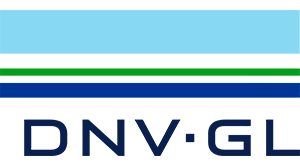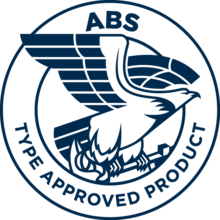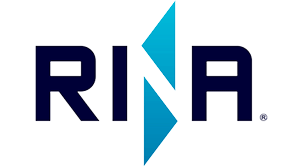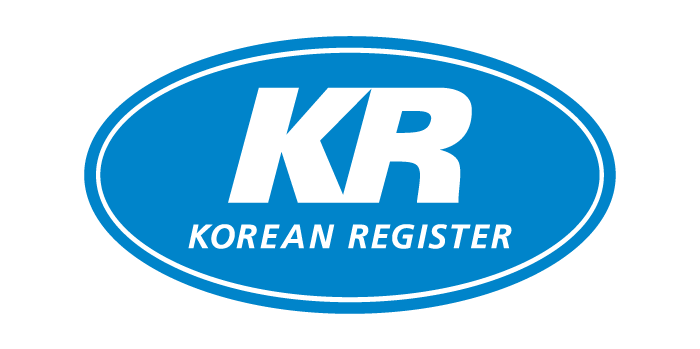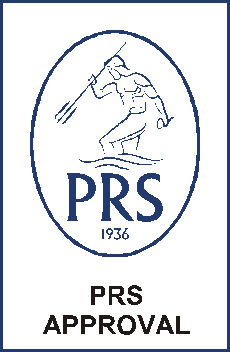
Certification & Approvals
BIO-SEA by BIO-UV Group Ballast Water Treatment Systems are compliant with IMO and USCG regulations
Internationally certified UV systems
All BIO-SEA ballast water treatment systems are certified, and type approved in accordance with the ballast water requirements set by the International Maritime Organization (IMO) and United States Coast Guard (USCG).

IMO Type Approved
The BWM Convention is the term commonly used when referring to the “International Convention for the Control and Management of Ships’ Ballast Water and Sediments”, adopted by the International Maritime Organization (IMO) in February 2004 to halt the spread of invasive aquatic species around the globe.
Since 2013, BIO-SEA by BIO-UV Group has been IMO Type Approved by Bureau Veritas according to the requirements of the International Maritime Organization (IMO).
The IMO Type Approval for BIO-SEA by BIO-UV Group ballast water treatment systems means they meet the IMO New G8 Standard (zero holding time in any types of water) that all vessels must comply with since the IMO Convention entered into force in September 2017.
More than 65 states representing more than 70% of the total world tonnage signed the BWM Convention.
Since its adoption, 14 Technical Guidelines have been developed to support Port State Authorities, shipmasters, owners, managers, equipment manufacturers and class societies, and to encourage the harmonised implementation of the different requirements.
The IMO resolutions have been adopting by the Marine Environment Protection Committee (MEPC).
USCG Ballast Water Management Regulation
For many years, the United States‘ waterways have been affected by invasive species. That is why the U.S. Coast Guard now prohibits ships to discharge untreated ballast water in U.S. waters.
Linked to the National Invasive Species Act of 1996, the US Coast Guard (USCG) established in 2004 the rules for controlling the discharge of Living Organisms from ships’ Ballast Water in US waters, through publication of 33 CFR Part 151 and 46 CFR Part 162.
The USCG Rules entered into force the 21 June 2012, and can be downloaded from the Federal Register.
Ships must manage their ballast water by following treatment methods and good practices:
- Performing Ballast Water Treatment, through installation and operation of an approved Ballast Water Treatment System (BWTS),
- Performing Ballast Water Exchange, in specific areas (200 miles from shore),
- Avoiding or minimizing ballast water movements in risky or preserved areas,
- Cleaning regularly ballast tanks to remove sediments, rinsing anchors and chains, and removing fouling from hull and piping,
- Maintaining an approved Ballast Water Management Plan, as well as the written records of ballast water movements (uptake, transfer, discharge),
- Submitting vessel and ballast water management information to USCG prior arrival in US harbors.
BIO-SEA by BIO-UV Group systems are USCG Type Approved from 20³/h to 1400³/h for USCG mode (per system) with no holding time in fresh water, 24h in marine water and 19h in brackish water in USCG mode

